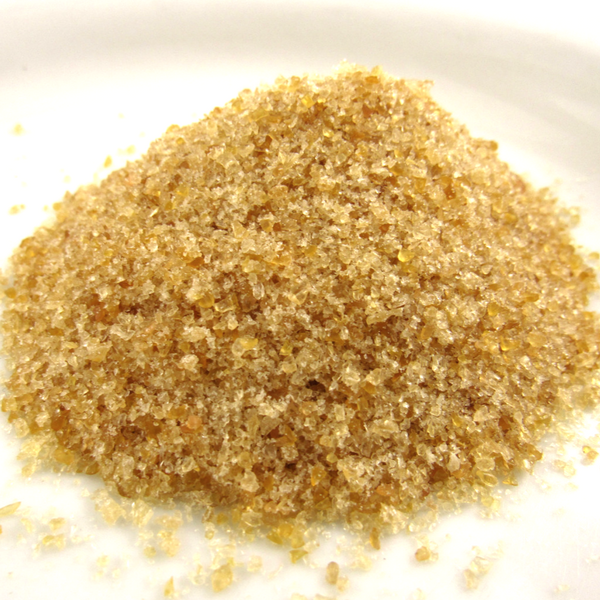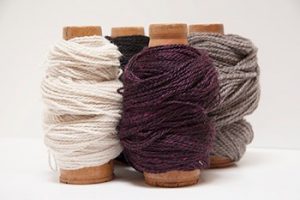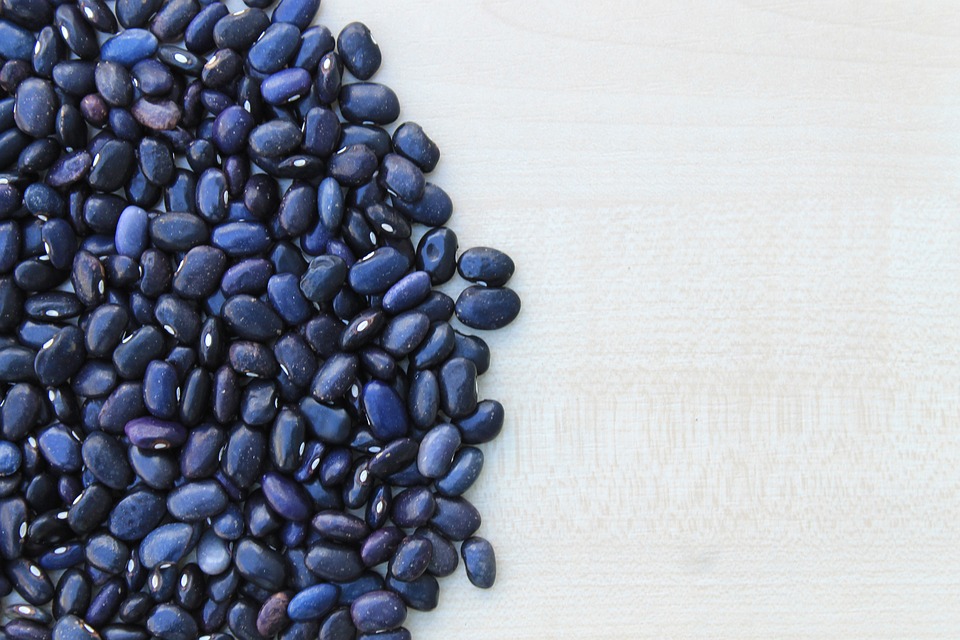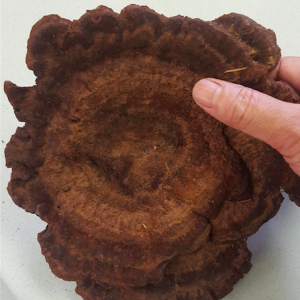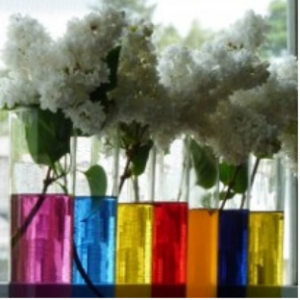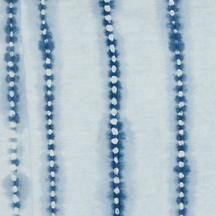This week: Concentrated color on cotton and how does Hide Glue protect while not interfering with natural dyeing?
hide glue
FEEDBACK FRIDAY: This Week in Natural Dye Questions
This week: Tips for keeping yarn soft when dyeing with madder and the eternal question of how to keep yarn untangled when in process.
FEEDBACK FRIDAY: This Week in Natural Dye Questions
This week: Looking at the longevity of black bean dyeing and using hide glue in an organic vat when dyeing silk and wool.
FEEDBACK FRIDAY: This Week in Natural Dye Questions
Each week, we are emailed with questions from our natural dye community asking simple and complex questions that we thought might be worth sharing. Here are a handful from this week answered by natural dyer in chief, Kathy Hattori, Founder of Botanical Colors: When working with iron on a larger scale, what is the best and safest methodology? I’m working on a project that is not big enough to requesting a dye house, so working out of a very large container (the size of a bathtub) and although I wear gloves, goggles and a (very basic) breathing mask, sometimes I … Read more
FEEDBACK FRIDAY: This Week in Natural Dye Questions
Each week, we are emailed with questions from our natural dye community asking simple and complex questions that we thought might be worth sharing. Here are a handful from this week answered by natural dyer in chief, Kathy Hattori, Founder of Botanical Colors: I have been printing with dye extracts on silk. My question is- once the fabric is mordanted, dunged, dyed, and steamed, can I over-dye the fabric without going through the mordant process again? You don’t need to remordant for additional overdyeing. If it’s been a long time between the initial dyeing and overdyeing, (like several years), then … Read more
FEEDBACK FRIDAY: This Week in Natural Dye Questions
Each week, we are emailed with questions from our natural dye community asking simple and complex questions that we thought might be worth sharing. Here are a handful from this week answered by natural dyer in chief, Kathy Hattori, Founder of Botanical Colors: Do you have any tips on getting a crimson red on cotton from cochineal? Been trying so many different ways and can’t get the concentration to stay! The majority of the historical recipes for very deep and bright red on cotton use madder, not cochineal. Your best bet if you want the deepest shade on cotton is … Read more
Hints & Tips for Natural Dyers: How to Minimize Indigo Crocking
1. It’s supposed to rub off. That’s why blue jeans fade. 2. Certain cultures attribute indigo crocking to its authenticity and prize the way that excess indigo comes off on the hands or body. I found a description from Duncan Clarke of Adire African Textiles on how West African cultures dye and prepare indigo cloth: “After the dyed cloth had dried it was customary to beat the fabric repeatedly with wooden beaters, which both pressed the fabric and imparted a shiny glaze. In some areas additional indigo paste was beaten into the cloth at this stage, subsequently rubbing off on … Read more


